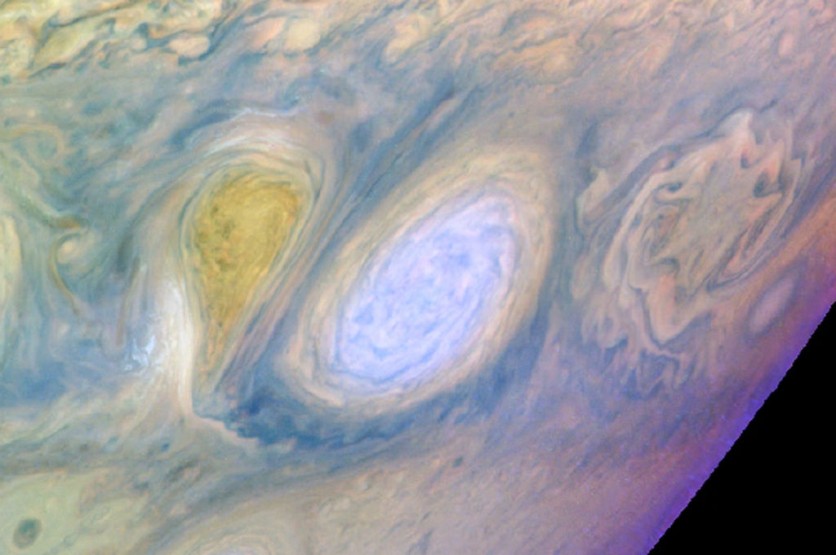Astronomers, led by the Harvard-Smithsonian Center for Astrophysics (CfA), have announced the discovery of a new "warm Jupiter" exoplanet orbiting around a rapidly rotating F-type star.
According to Phys.org, designated TOI-4641 b, this newfound celestial body is estimated to be almost four times as massive as Jupiter.

NASA TESS Finds a New Warm Jupiter
The researchers utilized NASA's Transiting Exoplanet Survey Satellite (TESS) to identify a transit signal in the light curve of TOI-4641, a bright F-star with a rapid rotational velocity of approximately 86.3 km/s.
The study sheds light on the challenges of detecting warm Jupiters due to their longer orbital periods. They take 10 to 200 days to complete a single orbit. Warm Jupiters are large, gas-giant exoplanets or planets found around stars other than the sun.
NASA said they are comparable in size to the gas giants in our solar system. However, unlike the sun's family of giant planets, warm Jupiters orbit their parent stars roughly the same distance that the Earth circles the sun.
Now, the group of astronomers led by CfA's Allyson Bieryla has found a new exoplanet of this type. They identified the candidate exoplanet with a 22.1-day orbit around TOI-4641 through the analysis of TESS data.
Follow-up photometric and spectroscopic observations confirmed the planetary nature of the identified signal. TOI-4641 b boasts a radius of approximately 0.73 Jupiter radii, with a calculated maximum mass of 3.87 Jupiter masses.
Read Also : NASA Discovers Unlikely Large Planet That Should Have Been Destroyed by Its Orbiting Star
Parent Star 41% More Massive Than the Sun
The exoplanet orbits its host star at a distance of about 0.173 astronomical units (AU) every 22.09 days, showcasing a well-aligned orbit. Notably, TOI-4641 b is one of the few long-period planets orbiting a hot, rapidly rotating star to be thoroughly characterized.
The parent star, TOI-4641 (also known as TIC 436873727), resides at a distance of approximately 286 light years. With a radius of about 1.72 solar radii, the star is around 41% more massive than the sun.
Estimated to be 2.69 billion years old, TOI-4641 exhibits a metallicity level of -0.09, and it maintains an effective temperature of 6,560 K.
Astronomers consider long-period exoplanets like TOI-4641 b to be valuable subjects for studying mechanisms that induce primordial misalignment in planetary systems. At these orbital distances, star-planet tidal interactions are believed to be too weak to alter the orbital obliquity significantly.
The researchers proposed various mechanisms that could lead to misalignment, such as chaotic accretion, magnetic warping, alterations in the spin axes of early-type stars, and the impact of stellar or planetary companions during the initial stages of formation.
"TOI-4641b is one of the longest-period planets to be thoroughly characterized. Unlike hot Jupiters around hot stars which are more often misaligned, the warm Jupiter TOI-4641b is found in a well-aligned orbit," the study's abstract reads.
"Future exploration of this parameter space can add one more dimension to the star-planet orbital obliquity distribution that has been well-sampled for hot Jupiters," it added.
The team's findings were recently published in arXiv.
Related Article : NASA's Hubble Space Telescope Captures' Butterfly Nebula' In Stunning Motion | Fun Facts About This Beautiful Space Butterfly

ⓒ 2025 TECHTIMES.com All rights reserved. Do not reproduce without permission.




